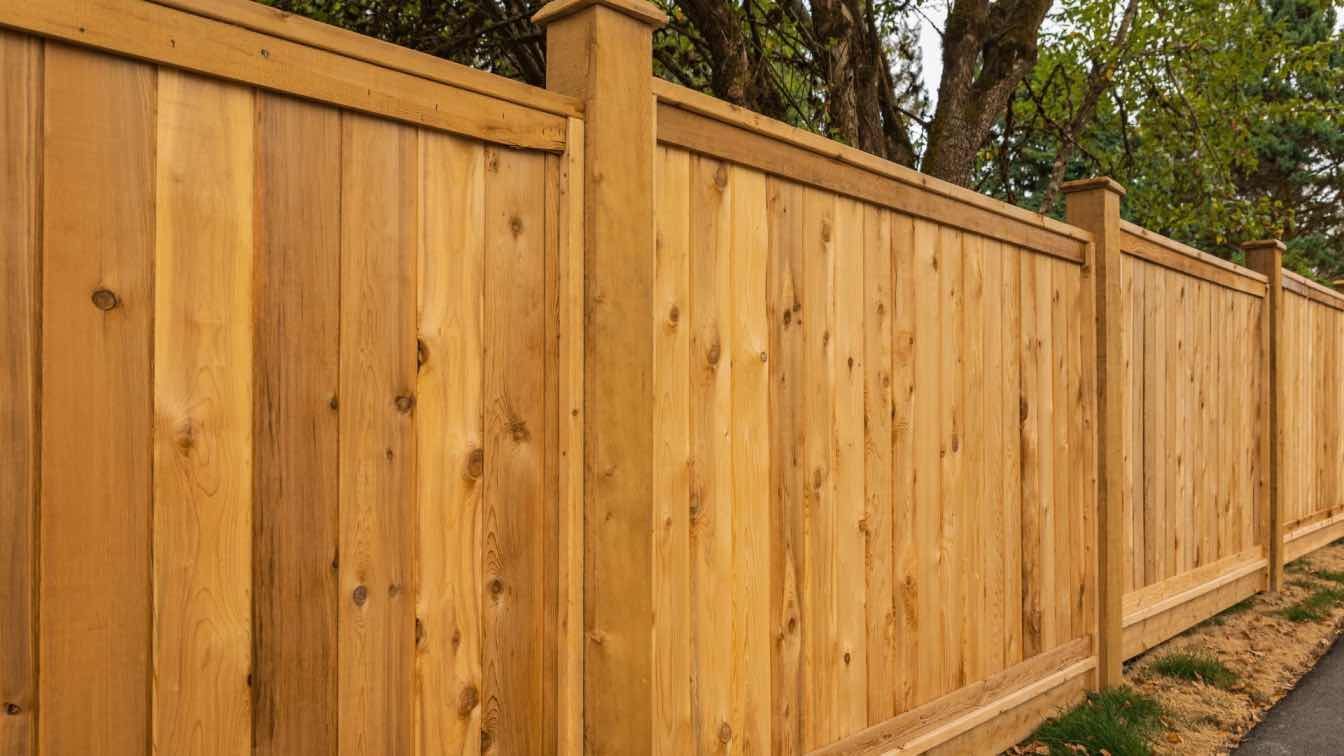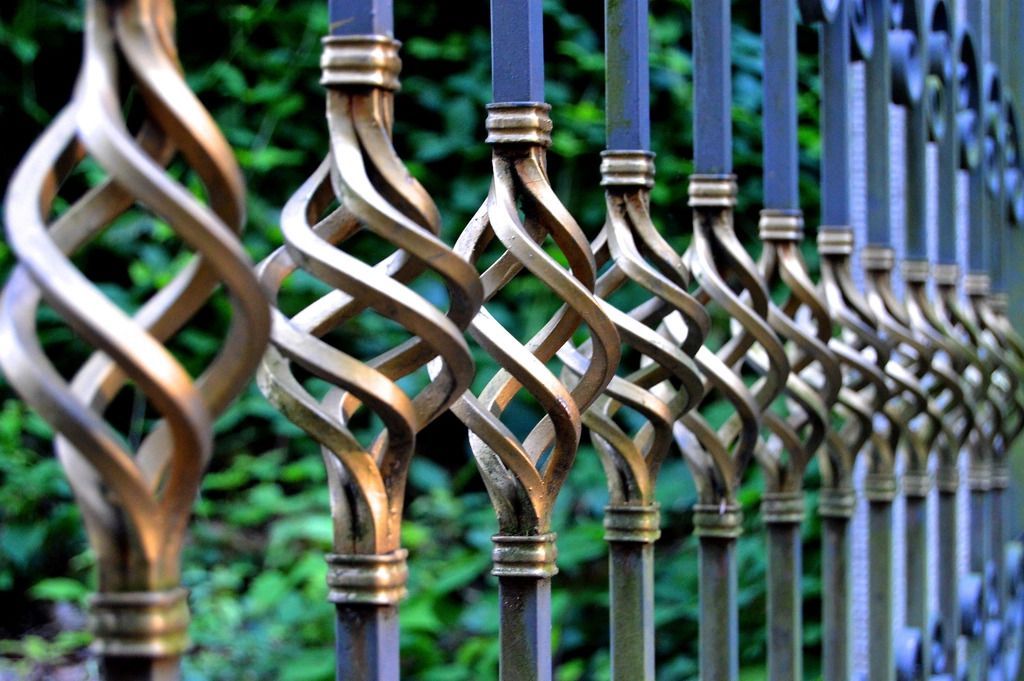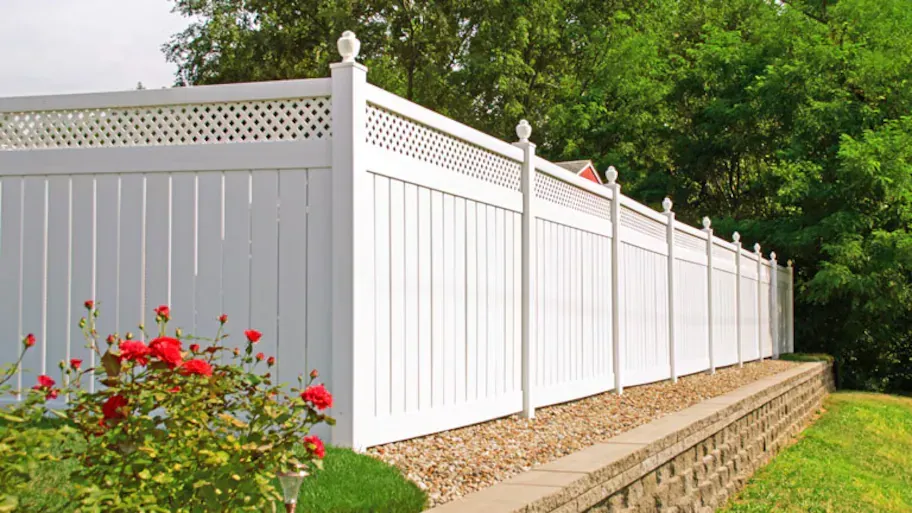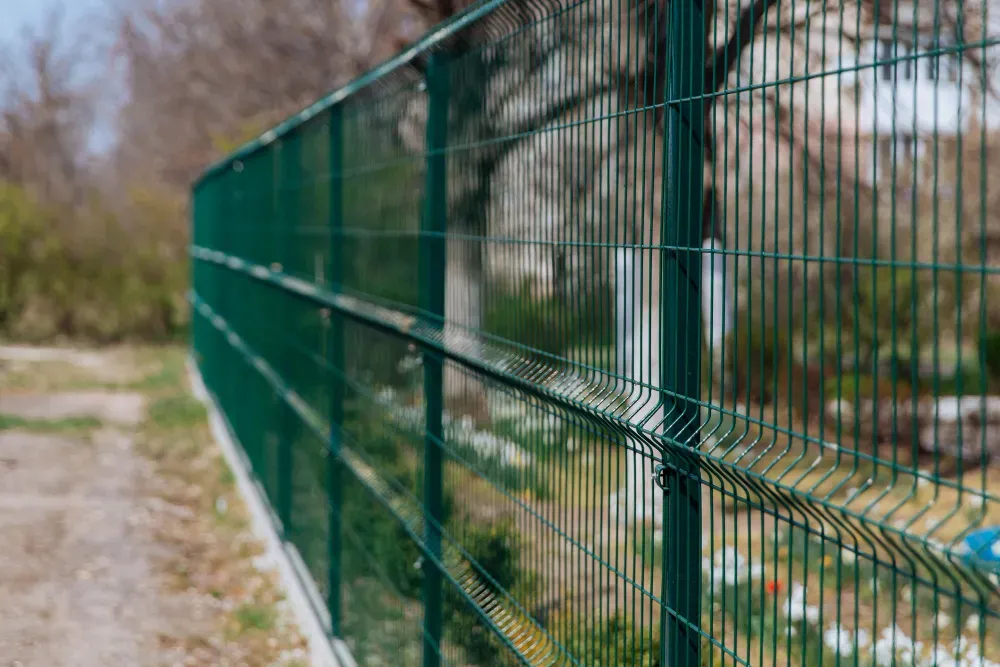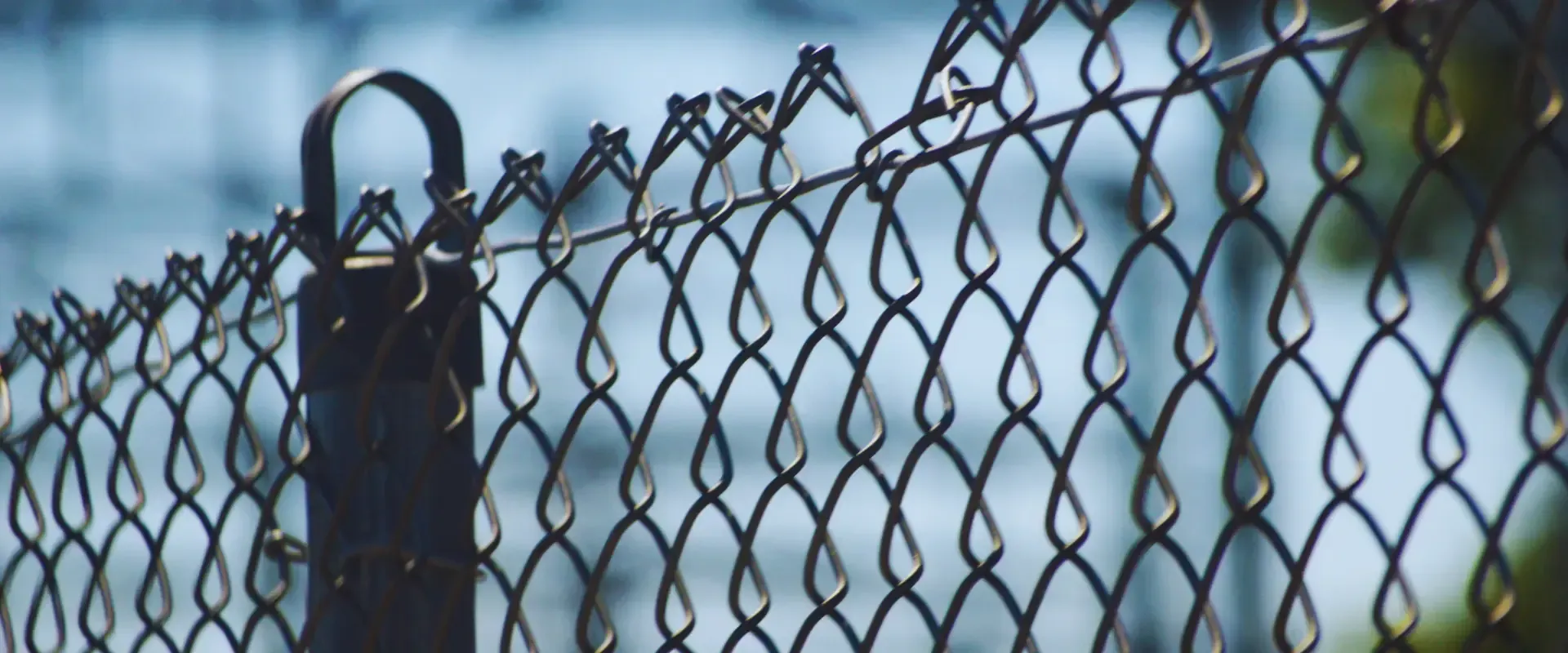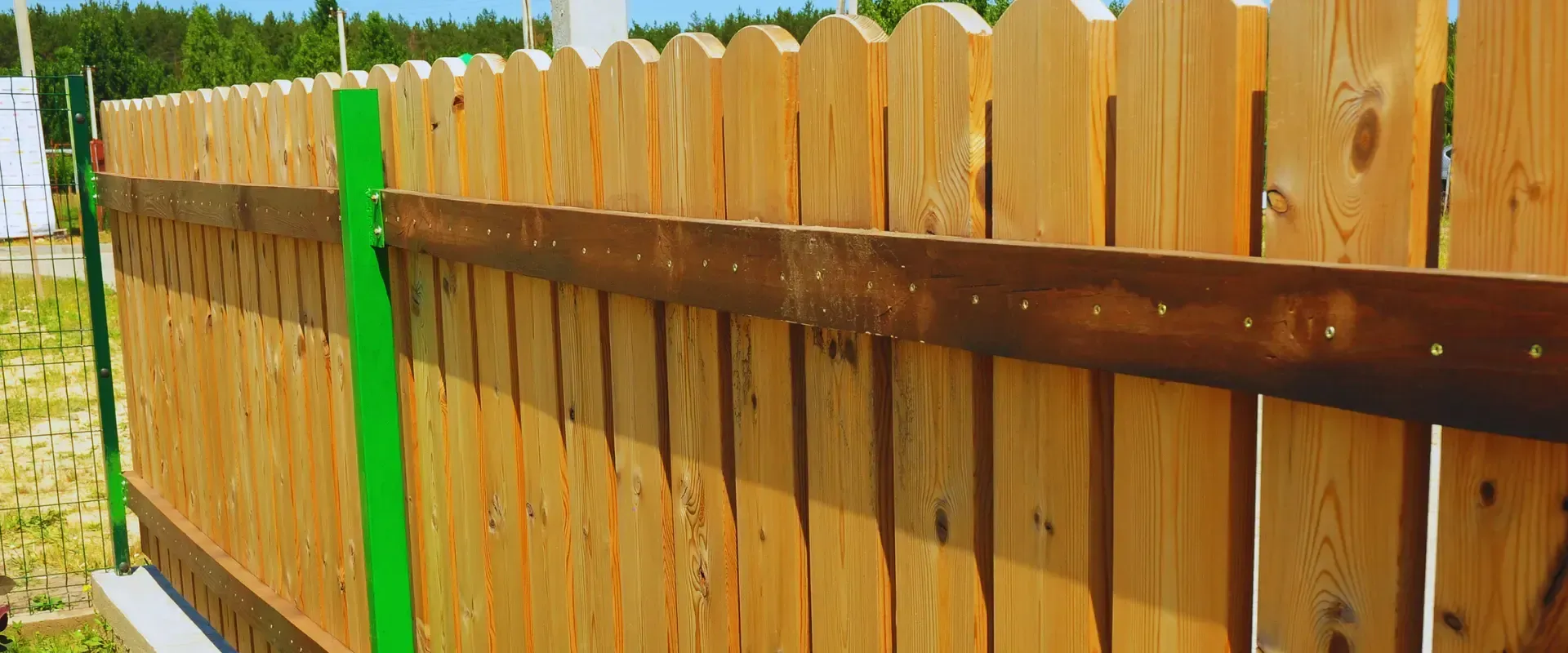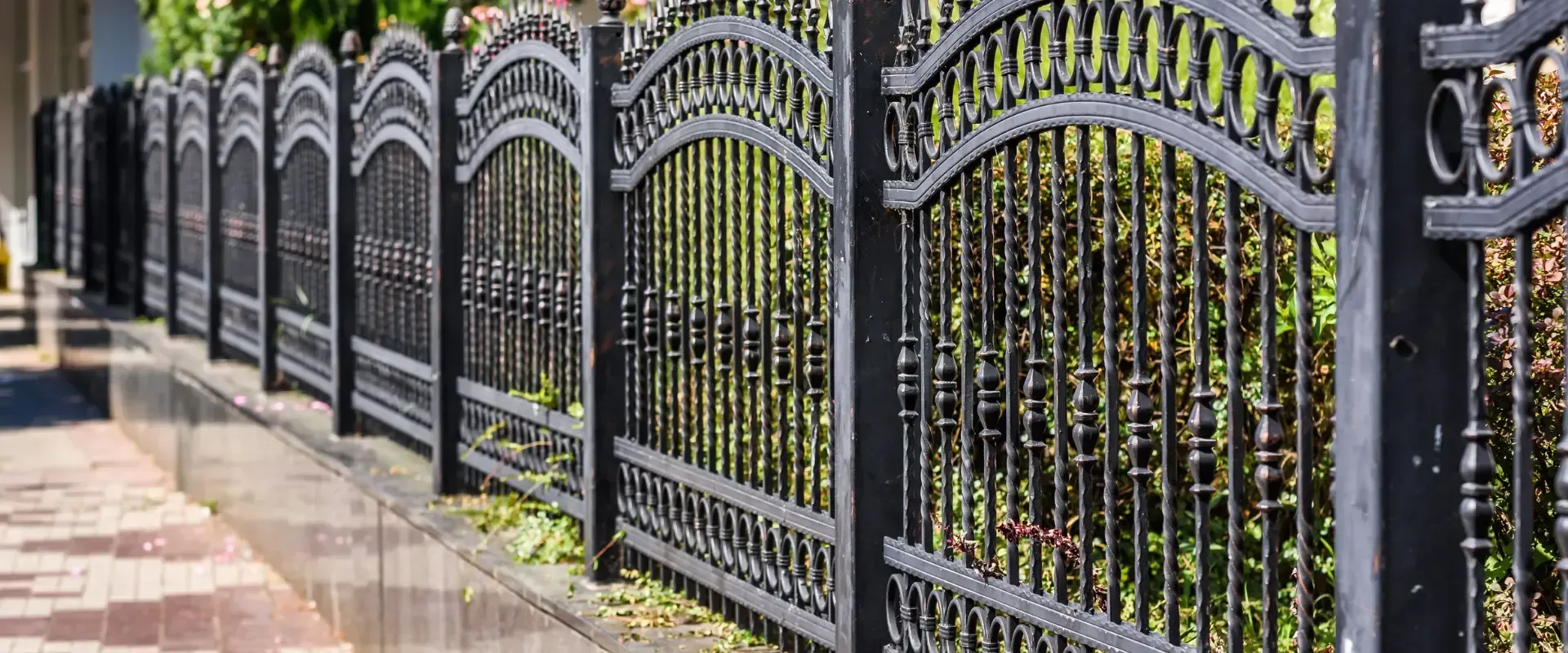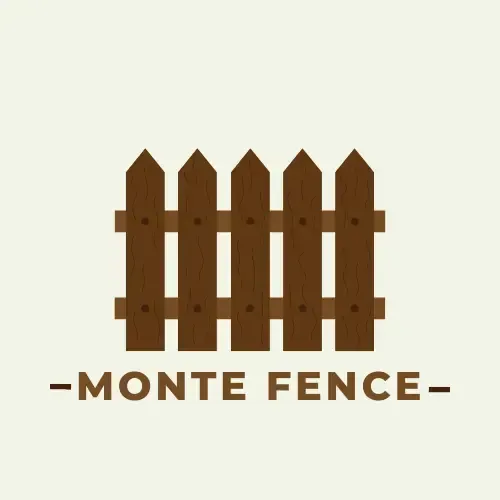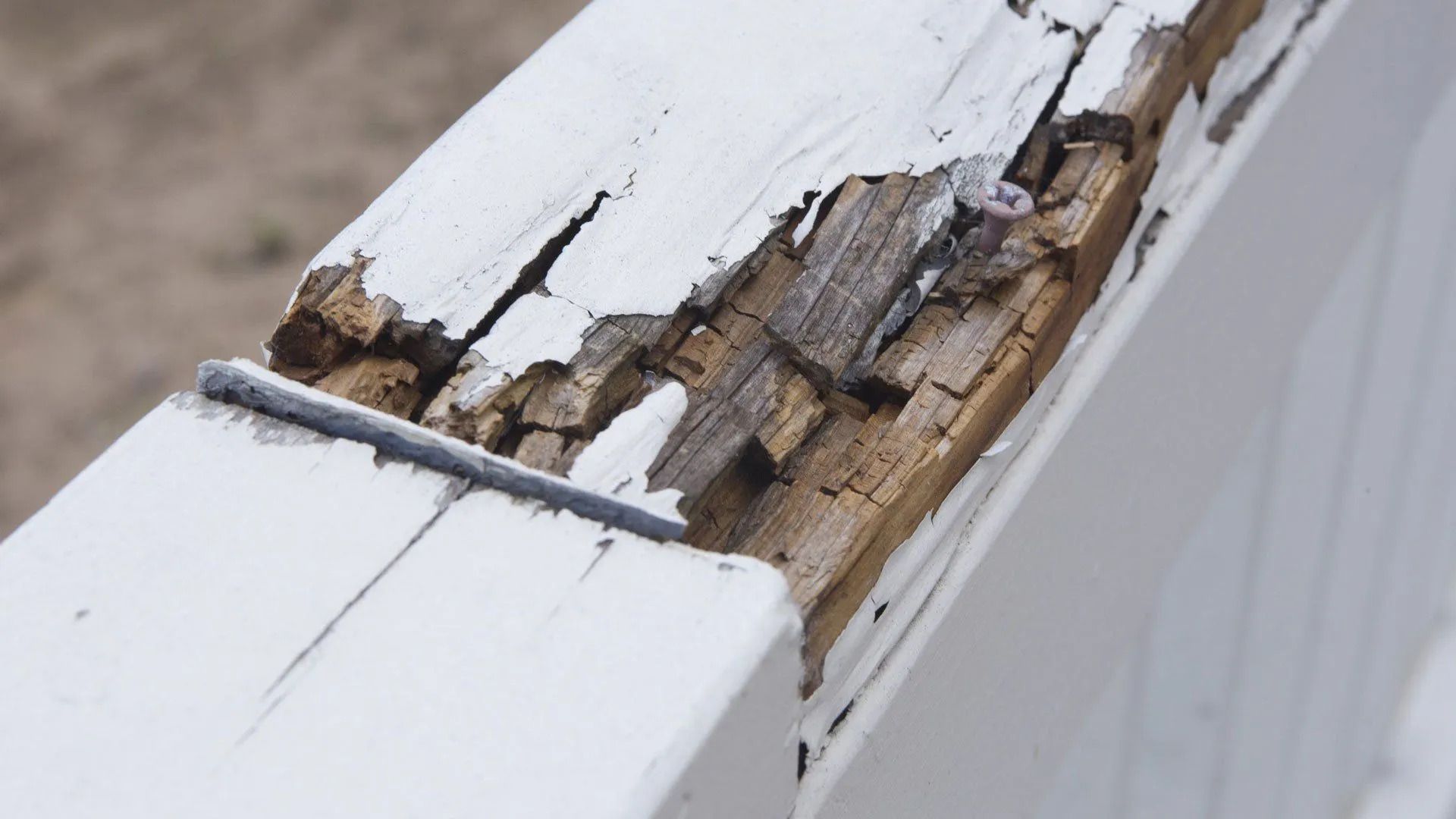Choosing the Right Fence: A Guide to Identifying Your Needs
Choosing a fence may seem simple at first, but it can quickly become overwhelming once you dive into all the options. From style and purpose to materials and local regulations, there’s a lot to think about. This guide helps you explore everything step-by-step, so you can confidently choose the best fence for your property.
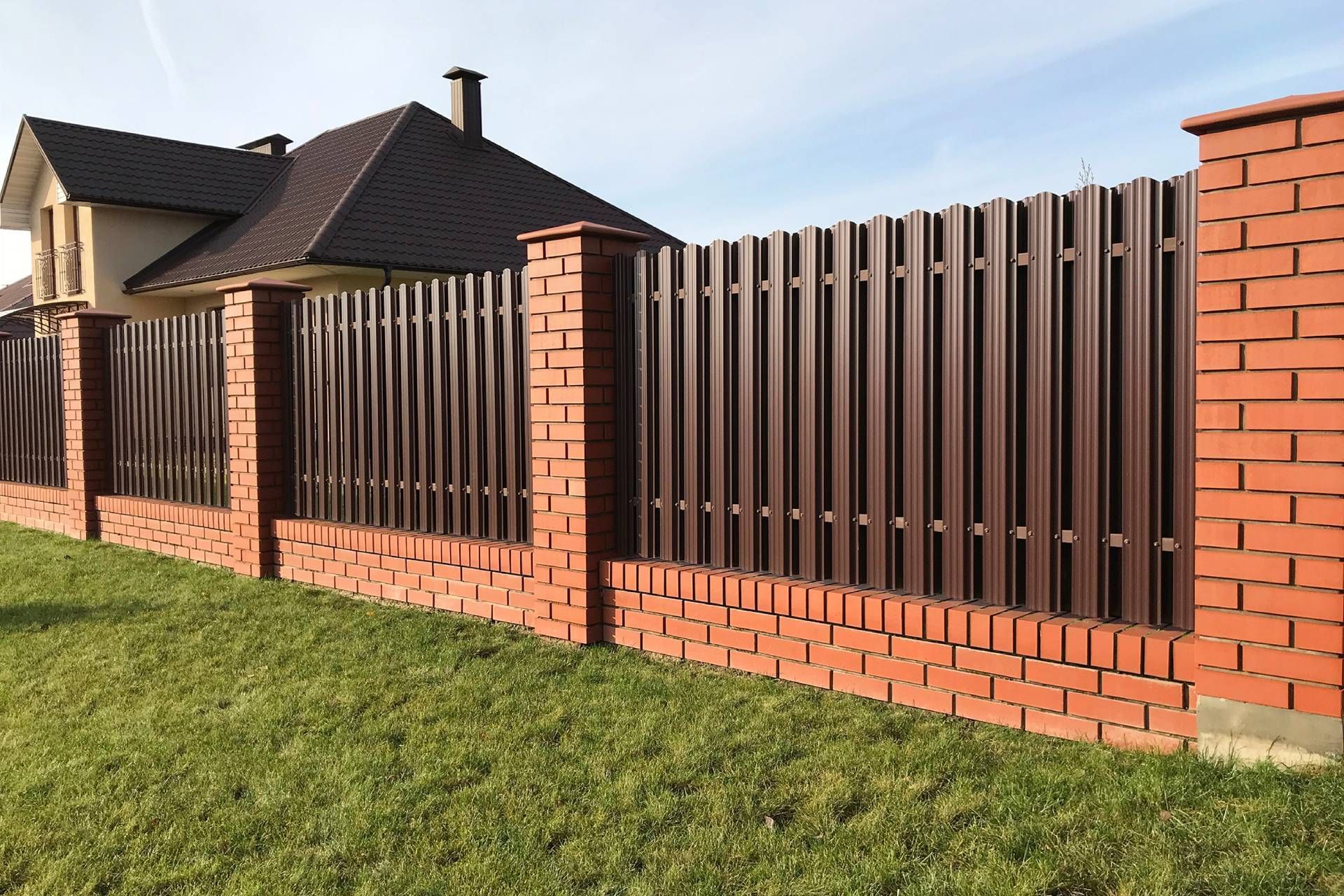
What’s Your Primary Reason for Installing a Fence?
Before you browse materials or call an installer, you need to define your main goal. Are you looking for privacy, security, pet containment, or just want to add a beautiful touch to your yard?
Each goal can point you in a different direction:
- Privacy: Solid fences like wood or vinyl are ideal.
- Security: Metal fences or tall wooden options work well.
- Curb Appeal: A decorative picket or wrought iron fence enhances looks.
- Safety: Especially for children or pets, secure and durable options matter.
The clearer you are about your purpose, the better your outcome.
Defining Property Boundaries Effectively
If you need to define your property lines, fencing is a great way to do it. A simple, cost-effective chain-link fence or post-and-rail fence can clearly mark your land while avoiding tension with neighbors.
Before installation, confirm your exact boundary lines with a land survey. Misplacement could lead to legal issues down the road.
Enhancing Curb Appeal and Home Value
A fence is often the first thing visitors see. It sets the tone for your home’s exterior. Homeowners looking to boost resale value often opt for decorative fences such as:
- White vinyl picket fences
- Custom wood panel designs
- Elegant wrought iron gates
These styles not only look stunning but also signal care and quality.
Improving Security and Safety
If your main concern is keeping intruders out or children/pets in, security-focused fencing is essential. Consider fences that are:
- At least 6 feet tall
- Hard to climb
- Have locked gates
Materials like steel or aluminum are great for durability and strength. For pet containment, be sure to pick a design with no gaps or sharp edges.
Creating Privacy in Outdoor Spaces
Privacy lovers, rejoice—there are many stylish options! A tall wooden fence or vinyl panel fence can create a peaceful retreat. Add lattice tops or climbing plants to give it character.
Privacy fences are also great for blocking noise and wind, making your outdoor space more enjoyable.
Wooden Fences: Timeless Style and Function
Wood is the classic choice. It’s affordable, adaptable, and gives your yard a warm, rustic feel. Popular wood types include:
- Cedar (resists insects)
- Redwood (rich color)
- Pine (budget-friendly)
However, wood requires regular maintenance like staining or sealing to prevent rot and wear.
Vinyl Fences: Low Maintenance and Versatile
Vinyl is the go-to for those who want a fence that lasts without much upkeep. It doesn’t rot, fade, or warp, and it’s available in many colors and styles.
It’s a bit pricier upfront but pays off in low maintenance over time. Vinyl is a smart investment for busy homeowners.
Chain-Link Fences: Affordable and Practical
Need to enclose a large area for pets or kids without spending a fortune? Chain-link fences are a practical solution. They offer visibility, airflow, and durability.
Add vinyl coating or privacy slats for a more polished look. It’s ideal for backyards, schools, and even commercial spaces.
Metal Fences: Durable and Elegant Options
Metal fences, such as wrought iron or aluminum, provide both security and sophistication. While iron offers a traditional look, aluminum is lighter, rust-resistant, and easier to install.
These are excellent for front yards or pool enclosures. You get the benefits of visibility and strength, all in one.
Composite Fences: Eco-Friendly and Long-Lasting
Composite fencing is made from recycled wood and plastic. It’s environmentally friendly and mimics the look of wood without the maintenance.
It’s also weather-resistant and doesn’t fade easily, making it a solid long-term choice. If you want sustainability with style, this is a great option.
Living Fences: Natural Green Barriers
Living fences—think hedges, shrubs, or bamboo—offer a green and serene alternative. They reduce noise, purify air, and attract wildlife.
But they do take time to grow and require trimming. Living fences are best for those who enjoy gardening and prefer a natural look.
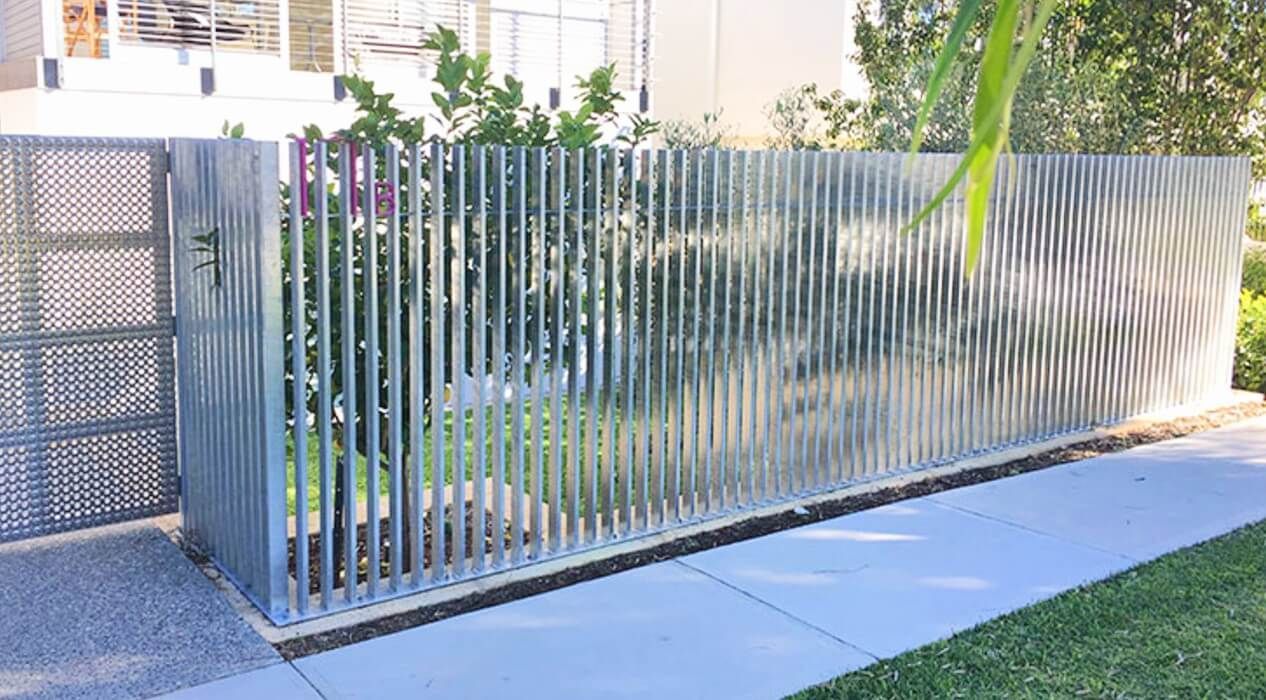
Comparing Fence Material Lifespan and Weather Resistance
Here’s a quick look at how different materials hold up over time:
Material Lifespan Weather Resistance
Wood 10–15 years Moderate (needs treatment)
Vinyl 20–30 years High
Metal 20–50 years Very High
Composite 25–30 years High
Chain-Link 15–20 years High
Living Varies Depends on plant type
Weather matters! Wet climates may degrade wood faster, while salty air may affect metal.
Maintenance Needs Based on Material Type
To keep your fence looking good:
- Wood: Seal or stain every 2–3 years.
- Vinyl: Wash with soapy water.
- Metal: Check for rust spots and repaint if needed.
- Composite: Rinse off dirt and debris.
- Chain-Link: Tighten loose ties and check for sagging.
Regular care extends the life of your investment.
Understanding Fence Height and Boundary Regulations
Before you build, check local zoning laws and permit requirements. Most towns have rules on:
- Maximum fence height (usually 6 feet for backyards, 4 feet for front yards)
- Setback distance from sidewalks or property lines
- Visibility at corners (for driver safety)
Some areas require permits or neighbor approvals.
Checking HOA and Neighborhood Guidelines
If you live in a planned community or HOA, you’ll likely need to follow their guidelines. They might have rules on:
- Fence color
- Material
- Height and style
Ignoring these can lead to fines or forced removal. Always double-check before building.
Matching Fence Design to Your Home’s Architecture
Your fence should complement your home, not clash with it. A sleek black metal fence pairs well with a modern home, while a white picket fence fits a cottage-style house.
Drive through your neighborhood for inspiration and consistency.
Decorative Elements and Custom Features
To elevate your fence, add:
- Post caps
- Lattice tops
- Custom gates
- Built-in lighting
These extras not only improve aesthetics but also increase functionality.
Should You DIY or Hire a Fence Installation Company?
While DIY may save on labor costs, fencing isn’t always easy. Uneven ground, digging post holes, and local codes can complicate the job.
Hiring professionals like Monte Fence ensures correct installation, faster work, and fewer mistakes.
What to Expect During the Fence Installation Process
Professional fence installation typically involves:
- Site inspection and measuring
- Obtaining permits
- Marking utility lines
- Digging post holes
- Setting posts and panels
- Final inspection
The full process may take 2–5 days depending on size and materials.
Estimating Fence Costs Based on Size and Materials
Cost varies by material and yard size. Here's a ballpark:
Material Avg. Cost per Linear Foot
Wood $15–$30
Vinyl $20–$40
Chain-Link $10–$20
Metal $25–$50
Composite $30–$60
Labor may cost an additional $10–$25 per foot depending on the region.
Budgeting for Long-Term Maintenance and Repairs
Don’t just consider upfront costs. Think long-term:
- Wood needs sealing and repairs.
- Vinyl and metal cost more but last longer.
- Living fences require trimming and pest control.
Plan ahead so your fence doesn’t become a burden.
How to Choose the Right Fence Based on Your Needs
Ask yourself these questions:
- What’s my primary goal—privacy, security, style, or safety?
- What’s my budget?
- How much maintenance am I willing to do?
- Do I need professional help?
Once you know the answers, you can confidently choose the best fencing solution for your property.
How to Keep Your Fence Looking New
Here are quick tips:
- Inspect your fence seasonally
- Clean off dirt, mold, or leaves
- Apply protective coatings or sealants
- Repair damage immediately
- Keep plants trimmed near fences
Regular care keeps your fence strong and sharp-looking.
FAQs
What’s the best fence for privacy?
Solid panel wood or vinyl fences are ideal for blocking views and creating a private space.
How high can I build my fence?
Most areas allow 6 feet in backyards and 4 feet in front yards. Check with your local zoning office.
Is it cheaper to build my own fence?
DIY can be cheaper, but mistakes can cost more long-term. For quality work, hire a
Fence Installation Company.
How long does it take to install a fence?
Typically, 2 to 5 days, depending on materials, weather, and yard complexity.
Can I paint or stain my fence?
Yes! Especially with wood fences, staining helps protect and personalize the appearance.
How do I get a quote for fence installation?
Use this
contact form to connect with local professionals for accurate estimates.
Conclusion: Making the Right Fence Choice for Your Property
Choosing the right fence is a personal and practical decision. Whether you're focused on privacy, security, or curb appeal, there's a perfect option for you. By knowing your goals, understanding your material choices, and working with a trusted Fence Installation Company, you can create a fence that meets your needs and lasts for years.
Links
